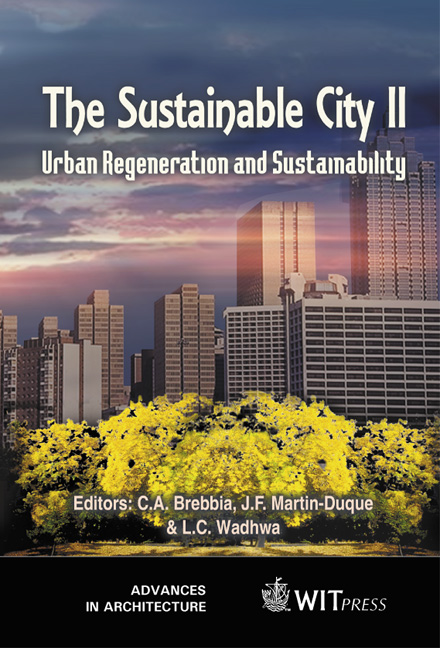Patterns Of Inner-city Migration In Ankara
Price
Free (open access)
Transaction
Volume
54
Pages
Published
2002
Size
628 kb
Paper DOI
10.2495/URS020201
Copyright
WIT Press
Author(s)
Ö Dündar
Abstract
The last decade of the 20th century marks a significant turning point in the evolution of human settlements, defining a new stage in the development of cities. Although all cities in the developed world are redefined in a global society in a stage of reurbanization, the effects of a rapid urbanization process are still going on to be discussed in the developing countries. In fact both processes involve an element of migration defining new enclaves of social polarization on space. First started from rural to urban areas in the first half of the 20th century, migration has changed its structure in the 1990s, defining two new movements, from small urban areas to big cities and in inner-city areas as a refletion of urban restructuring efforts changing the social topograhy of cities for the capitalization of global interest. Thus an ongoing urban transformation process with its gentrifying central areas and physically segregated residential areas for a newly increasing high-profile population is in effect not only in the industrialized countries but in the developing world as well. This paper will describe the reasons of inner-city migration with a brief explanation of its results on the social topography of Ankara, opening a discussion about the elements of social polarization and exclusion on urban space provided by a process of urban restructuring. 1. Introduction Urbanization is linked with the problematic of development, a term referring both to a level (technological, economic) and to a process (qualitative transformation of social structures, permitting an increase of the potential of the productive forces) (1). Likewise, Berg et al. (2) define urban growth in 1982, as a cyclical process through which nations pass as they evolve from agrarian to industrial societies and see urbanization as a developing world phenomenon
Keywords





